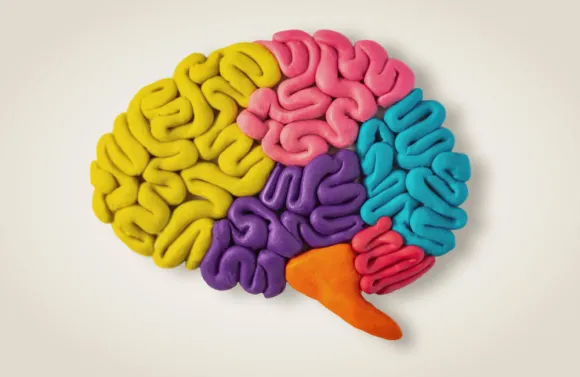
HR teams typically go to great lengths to make employee communication a central part of benefits administration. They want to educate and inform employees about benefit offerings and the open enrollment process. They post information on the company intranet, they send out emails, they host in-person or virtual benefit fairs and they may even invite employees to schedule optional one-on-one meetings to review their options and answer questions.
The Trouble with Employee Communication
The trouble comes when employees don’t take advantage of all the information directed towards them – or when they don’t fully comprehend the information. Maybe they only skim the emails. Maybe they skip the benefits fair. Maybe they don’t think they have enough concrete questions to warrant a meeting with a benefits administrator.
The result is a disconnect that often leads to low utilization rates and low employee satisfaction. Not quite convinced? A survey conducted by Harris Poll found that more than half (53 percent) of U.S. employees didn't think they were getting the most out of their health insurance options and an almost equal proportion (54 percent) said they didn't completely understand what their health insurance covers.
Chances are, nearly every HR team can find ways to improve their employee communication about benefits. Here are 10 ideas for doing just that.
10 Ways to Improve Your Benefits-Related Employee Communication
1. Simplify Jargon
One of the easiest ways for employees to become confused about benefit offerings is all the lingo. Coinsurance? Deductible? Translate complex insurance or benefit terms into simple language that the average employee can understand. Avoid industry jargon that might confuse employees and use real-life examples to illustrate situations whenever possible.
2. Present Information in Different Ways
Posting information to the intranet and sending out emails is an effective way to communicate to your employees who learn through reading. Visual and auditory learners might benefit from other formats, such as a live benefits Q&A session or prerecorded video presentations. Infographics and other visual guides can also work well.
3. Interactive Workshops or Webinars
Conduct sessions where HR specialists or benefit providers explain benefit details, answer questions and guide employees through the enrollment process.
4. Personalized Guidance
Offer – or mandate – one-on-one sessions where employees can discuss their specific situations with HR personnel or benefits experts. Providing personalized guidance can help employees make informed choices.
5. Use Multiple Channels
This is “employee communication 101” and it’s especially important for benefits: don’t rely on a single communication channel. Use a mix of emails, intranet postings, physical flyers, posters and even mobile apps to distribute information.
6. Regular Updates
Keep employees informed about any changes in benefits, whether it's policy updates, new offerings or modifications in existing plans. Regular emails, newsletters or intranet posts can help achieve this.
7. Multi-lingual Materials
If your workforce is diverse, ensure that benefit materials are available in multiple languages, so everyone can comprehend the offerings.
8. Peer-to-Peer Communication
Encourage employees who have benefited from certain programs to share their experiences. Peer testimonials can be highly influential and relatable.
9. Year-round Communication
Don’t limit employee communication around benefits to enrollment periods. Continuously remind employees of the benefits available and how they can take advantage of them throughout the year. Some employers even invite vendor reps to visit the office or join a virtual meeting to present coverage information to employees.
10. Feedback Mechanisms
Create opportunities for employees to provide feedback on benefits coverage and the enrollment process. This can help HR teams understand what is working well and what needs improvement in the benefits package or communication strategy.
Better Employee Communication Contributes to a Better Benefits Experience
When employees better understand their benefit options and coverage, logic suggests they will be more likely to take advantage of those offerings. Leading up to and during open enrollment, it’s crucial to make sure employees truly understand the options before them, so they can make the best decisions for the health and wellbeing of themselves and their families. As an added bonus, they might be more likely to feel seen and cared for by their employer—contributing to higher levels of engagement and job satisfaction down the line.


